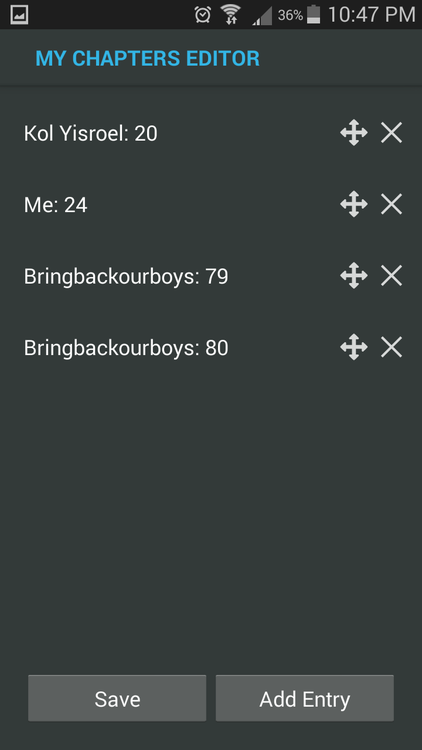I interned at a non-sectarian museum this year. The word ‘non-sectarian’ came up in the interview and I pretended I knew what it meant or I asked. Whichever. According to Google it means:
1. not involving or relating to a specific religious sect or political group.
This made sense as the museum is non-sectarian and partially publicly funded. It is a culturally Jewish institution with no religious, or little religious, merit. However the museum is culturally, architecturally and historically significant. What is this museum you ask? It’s a 19th century synagogue.
The catch is that it still functions as a synagogue today. The museum closes shop Friday afternoon and Saturday and the few remaining congregants move in for the Shabbat.
Now the museum staff and synagogue board have an complex relationship. From what I understand, the synagogue technically owns the building but the museum covers all the maintenance expenses. What’s more the museum is a result of a $18 million project that restored the dilapidated space and is the reason it is still standing. In other words if not for the project which led to the museum there would not be a synagogue.
The prevailing attitude of the congregation is that they deem to acquiesce that the museum be there. Which is ironic as there would be no building without the museum as upkeep of the synagogue dwindled as the Jewish population in the area dwindled.
The museum staff refer to “space” as a construct to describe the building’s importance in both American Jewish history and in the present as well as immigrant life today. Yet, there is something that bypasses the rhetoric of a ‘space.’ This space is a synagogue.
My high school was in a converted Jewish center first built in the 1940’s or 1960’s. On the ground level there was a synagogue which was also a shortcut to the second story of the annexed building. Slight issue: according to Jewish tradition, it is inappropriate to use a holy synagogue as a means of getting somewhere faster. The loophole is saying a verse Torah as you walk.
When I walk into the museum, ergo walk into the sanctuary, I quietly whisper a verse of Torah. Though I am there for the museum, what the space is, non-sectarian vernacular or not, is a Jewish house of worship. It would be so whether it was in use or was not.
August of this year Rabbi Rafi Ostroff led a group on a visit Auschwitz. Let’s forget for the moment that there is a fee to enter this place which I personally feel should fall to pieces or at least not be so magnificently maintained. The visit resulted with him being given the ultimatum of spending Friday night in jail aka Shabbat or paying a fine of $300.
Let’s look at some of these articles:
His group of teenagers sang the song of Ani Mammin, a song about faith that was sung by the Jews being led to the gas chambers. The guards ordered them to stop which they did not.
"Ostroff said that in a “secluded part” of the Birkenau camp, the “boys spontaneously started singing ‘Ani Maamin.’ This was the song that prisoners sang on the way to be murdered there. A guard drove after us with his car and demanded that they be silent. I told him that I don’t have control over this as they are singing from their hearts. He then threatened to arrest me and called the police.”"
Read more: http://www.jta.org/2014/08/04/news-opinion/world/israeli-rabbi-demanding-apology-after-group-prevented-from-singing-at-auschwitz#ixzz39aMRLHsj
Read more: http://www.jta.org/2014/08/04/news-opinion/world/israeli-rabbi-demanding-apology-after-group-prevented-from-singing-at-auschwitz#ixzz39aMRLHsj
Why were they not allowed to sing? The guards said because it was they were disrupting other visitors and instructors. Fine. I’ll accept that. But this is what I will not accept:
"Danny Feigen, a student at Yeshivat Eretz Hatzvi in Jerusalem and member of Rabbi Ostroff’s group, witnessed a guard ask, “would you sing in the British museum?” "
And that is where the truth is lost. These places are not museums. They are witnesses to Jewish life. Some of the teenagers in the group had family who died at Auschwitz. Visiting these places are not due to impartial curiosity of the culturally, architecturally or historically significant.
These so called “spaces” are not just ideas inhabiting a place. As Rabbi Ostroff said, “It is a journey to the depths of our souls.”
An elderly Jewish man visited the museum and he broke out in a Jewish song. Credit goes to the museum staff for grinning and bearing it.
